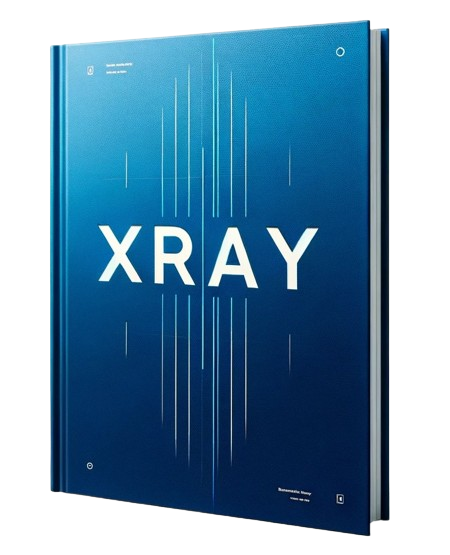Debossing for Impression Package Features
Package debossing presents unique manufacturing challenges across material types and depths. Current industrial processes achieve impression depths of 50-500 microns with dimensional tolerances of ±25 microns, but maintaining consistent feature definition while avoiding material deformation or stress concentration remains difficult, particularly in multi-layer structures.
The fundamental challenge lies in achieving precise, stable impressions while preserving material integrity and avoiding downstream processing complications.
This page brings together solutions from recent research—including air-laid web processes with thermoplastic binders, laser-etched cellulosic wrappers, and embossed films with engineered surface properties. These and other approaches focus on practical implementations that balance impression quality with manufacturing efficiency and material performance.
1. Debossing System Utilizing Laser-Cut Stencils and Deformable Press Pad
PRECO INC, 2018
An embossing/debossing system and method that replaces traditional embossing dies with laser-cut stencils and a deformable press pad. The system involves using a laser cutter to etch designs into a stencil material, then feeding the stencil into a stamping machine with a deformable pad. The impressionable material is pressed between the pad and stencil, deforming within the etched patterns. This allows custom embossing/debossing without the cost and time of tool manufacturing and replacement.
2. Method for Debossing Thermoplastic Material via Ink-Induced Deformation
MICRO GREEN POLYMERS INK, 2016
A method for debossing a thermoplastic material using ink that reduces the cost and simplifies the process compared to traditional embossing and debossing techniques. The method involves applying ink to a portion of the material's surface, solidifying the ink, and then applying force to sink the debossed area where the ink is. This allows creating a debossed design using ink instead of dies, as the ink solidifying causes the material to deform differently in the debossed area.
3. Laser-Based Stencil Embossing and Debossing System with Elastomeric Stamping Apparatus
PRECO INC, 2015
Embossing and debossing system that uses lasers to cut patterns into stencils instead of traditional metal dies. The system has a laser cutting apparatus to ablate patterns onto a stencil material, and a stamping apparatus with an elastomeric pad to press impressionable materials into the cut patterns. This allows rapid, low-cost embossing/debossing without the need for expensive metal dies that break easily. The laser-cut stencils are fed to the stamping apparatus and the impressionable material is pressed between the stencil and elastomer pad to deform into the cut patterns.
Get Full Report
Access our comprehensive collection of 3 documents related to this technology
